In order to decorate or repair any clothes, today there are a number of popular products that will not only cope with their main task, but will also be able to transform and improve the familiar thing. Thermal stickers belong to the category of similar products, therefore today they are presented in a wide variety.
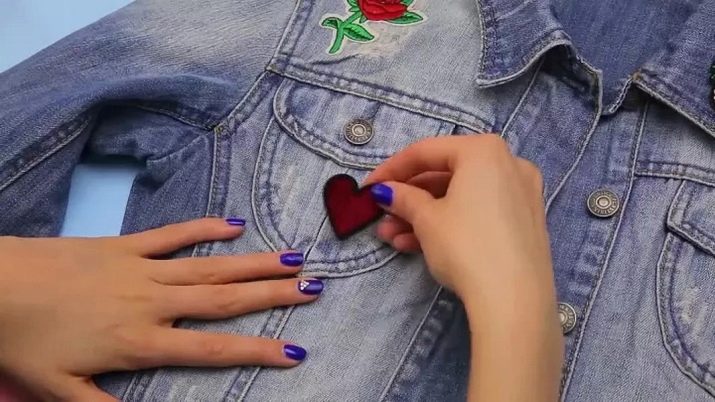
Features
Additional decor on women's, men's and children's clothes is again relevant, in light of which thermal stickers and decals are in demand and are in great demand. Such accessories are actively used by world designers and ordinary needlewomen, fashionistas and young mothers to create a unique image, as well as minor repair of clothes.
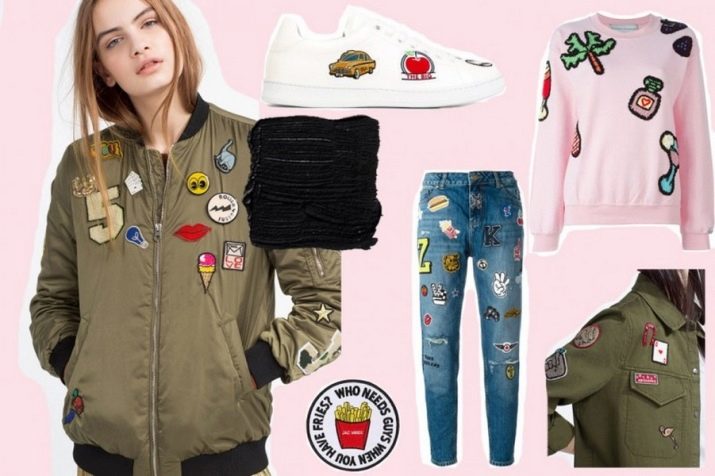
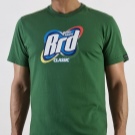
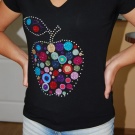
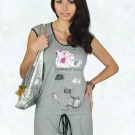


Thermal transfers, or simply stickers and applications, are, in fact, a picture, the main feature of which is the ability to easily and quickly transfer images to fabric using improvised means, most often an iron. This technology is very popular due to the fact that it does not require significant financial investments, and by sticking the product on clothes, you can avoid the need to purchase a new wardrobe item.

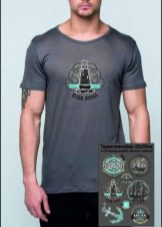


In addition, even the most ordinary monophonic thing with a glued applique can become relevant and completely exclusive, transformed beyond recognition.
Thermal sticker and decal - accessories whose names reveal the essence of the productbecause during exposure to high temperature and location on the front side of any clothing, the image is transferred or simply glued to textiles.You can buy them at any hardware or clothing store, and a large selection of images makes it possible to choose the right sticker for each case, given who owns the thing that requires such a decor, as well as the true purpose of the sticker - only a decorative function or clothing repair.
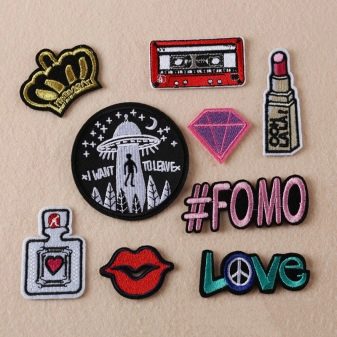
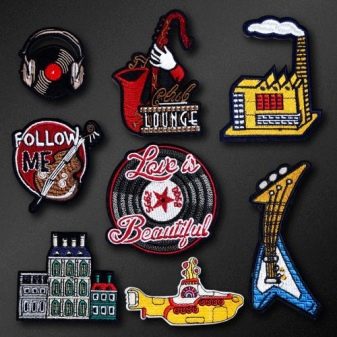
Today, thermal stickers are most in demand, where the image is transferred by thermal printing. Such products contain a special film on the base, where a picture or inscription is printed using ink. This component can be made of polyflex or polyflock. A feature of the first material is the transfer of thinner, but rather dense lines, the latter variety allows you to get velvety and soft reliefs.
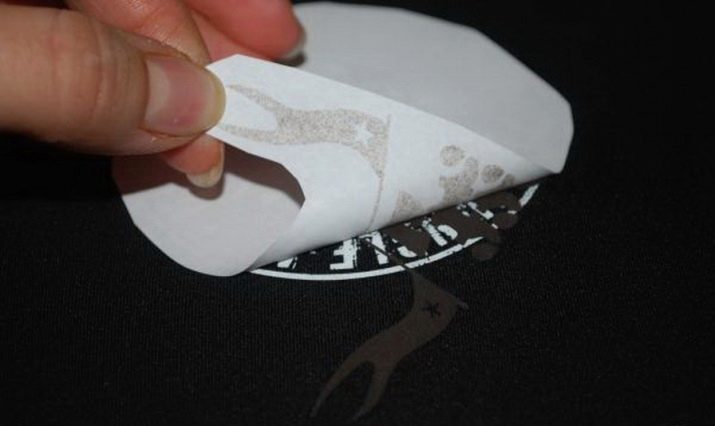
Before you get the thermal sticker, you should clearly determine its main function, and also take into account the type of material with which to work. Otherwise, even the most high-quality and attractive accessory will not be able to cope with the task, for example, it will sag too much or completely spoil the appearance of the wardrobe item. For light fabrics, such as silk, a flock patch will not work, this also applies to satin and other summer products. In this case, simpler accessories are used.
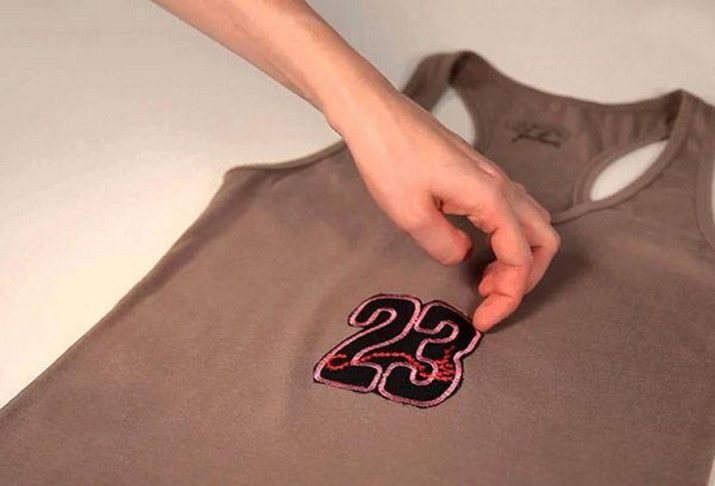
But nevertheless, the main advantage of stickers is their versatility, since with a competent combination of the basis and the application itself, they can be successfully glued to a down jacket, jacket, pants or jeans, shorts, blouses, etc. In some cases, needlewomen and designers resort to using thermal stickers for decorating shoes, backpacks, hats and other everyday items.
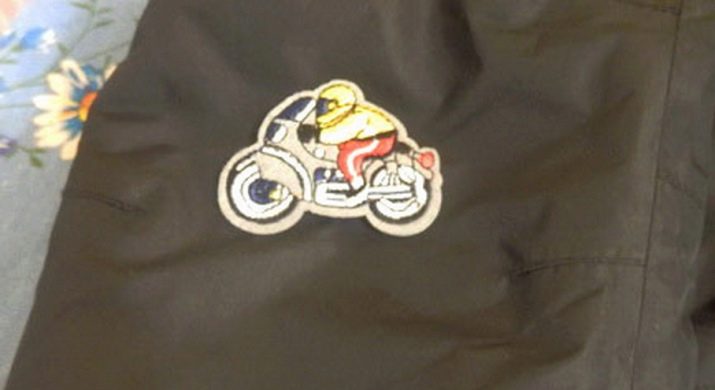
As professionals advise, stickers are best glued to fabric productsto be made of dense material. In this case, the risk that the patch will be folded into an "accordion" will be minimal. Despite the versatility of the product and the ease of operation, the process of fixing thermostickers still has a number of its features, which, first of all, relate to the heating temperature of an iron or other device for thermal exposure to the product. As practice shows, the optimal value is in the range of 120-130 degrees. But when working with a sticker and a heated iron, you should also take into account the capabilities and resistance to heating of the textile base of the decorated product, so as not to spoil it inadvertently.
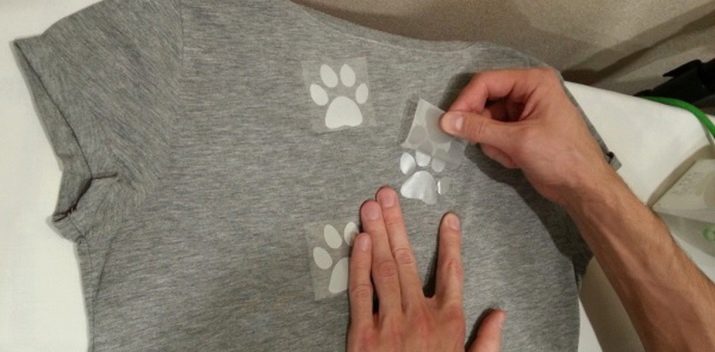
Despite the fact that thermal stickers and thermal stickers are rather complicated and difficult to name, it is completely optional to purchase them, since it is quite possible to make such a useful and stylish accessory at home from improvised means.
Varieties
Since the choice of thermal stickers presented in the department of accessories and sewing is quite extensive, there are several signs by which these products can be classified. This primarily relates to the material used for the manufacture. The following types of stickers are available:
- from flex;
- from the flock;
- from velvet;
- from the atlas;
- from satin.
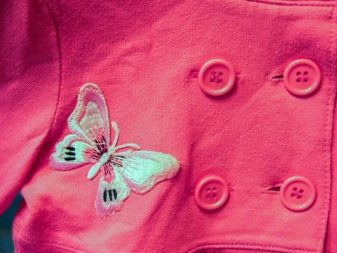

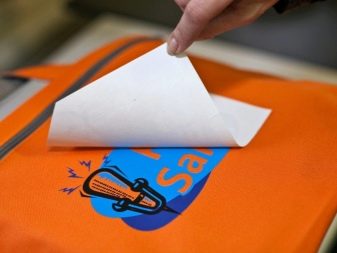
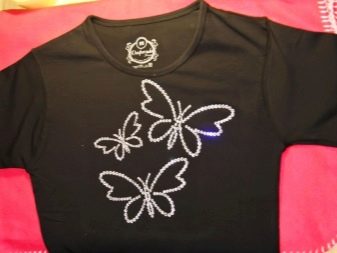
Two other varieties can also be distinguished:
- accessories containing an adhesive base;
- products without it.
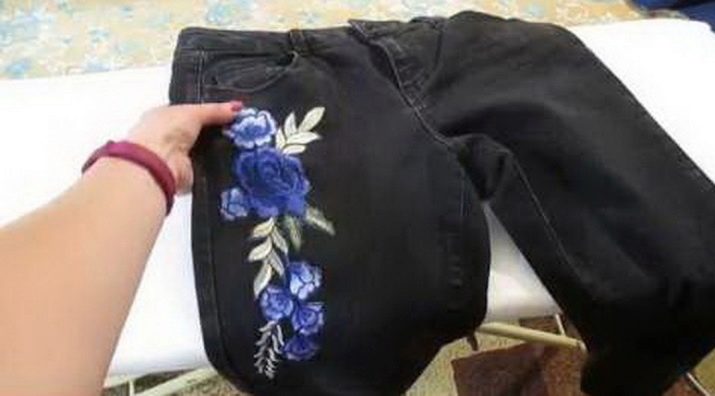
There are different products for those that contain reflective elements (such stickers are purchased for workwear, for athletes and children), as well as stickers without phosphorescent applications. Stickers can also be divided into two main types.

Thermal film
The product is a regular non-voluminous pattern, the application of which was made on a transfer film. Such products have their own characteristics, first of all, this concerns the impossibility of working with all types of fabric, since such stickers are intended only for cotton clothes and other products from these raw materials.Quite often, such products are offered in photo shops for transferring a person’s photo to a T-shirt or creating some kind of commemorative inscription, initials, brand name, etc. The technology of image transfer also involves exposure to high temperatures. The main feature of transfer films is their strong attachment to the main fabric, so it will be difficult to remove the sticker over time. If only short-term use of the inscription or drawing is planned, then thermal film on a temporary adhesive basis should be purchased.
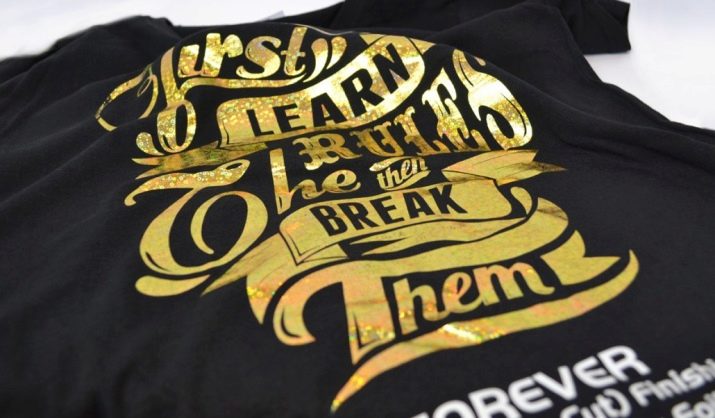
Textile-based applique
Such products are universal in nature, so you can work with them on any type of fabric, including delicate and light, as well as dense and coarse options. Due to this feature, applications are successfully fixed to the skin, jeans and synthetics, performing a decorative function and helping to hide existing defects, including holes. Externally, the sticker is not much different from embroidery. Based on the purpose, thermal stickers can be divided into:
- children's products, which can be made in the form of images of cartoon characters, animals or toys, bows, flowers, cars, etc .;
- stickers for women's things, which can imitate not only hand embroidery, but also lace, contain rhinestones, stones and sequins;
- accessories for men - most often these are logos, emblems of famous sports teams, numbers, as well as inscriptions made in a variety of techniques.

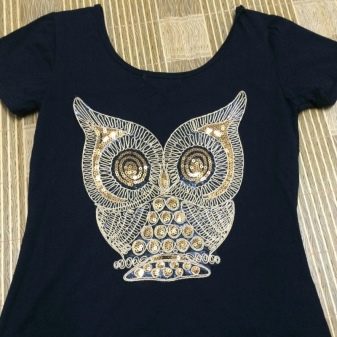
How to glue?
In order to independently decorate or repair clothes at home, you will need an application and an iron for work. The technology for manipulating thermal stickers directly depends on the selected type of product for fixing to the tissue.
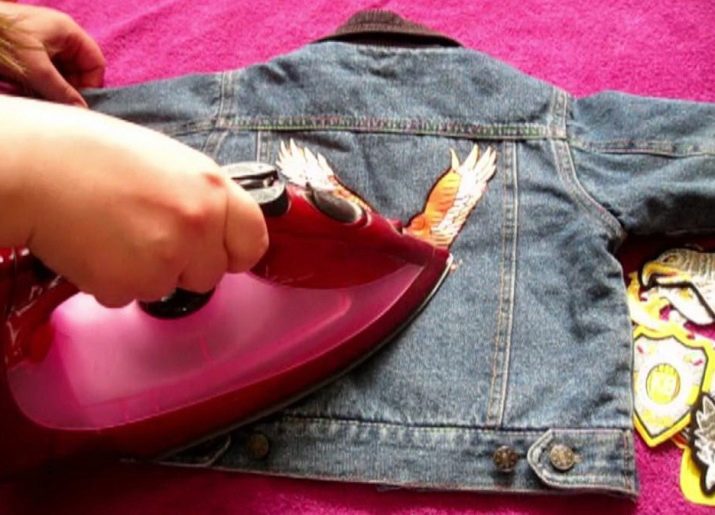
But before proceeding with gluing, it is necessary to study the product information located on the label, since not every fabric can withstand heating, as well as conduct a small test on the very edge of the product by touching the iron heated to the required temperature. If the fabric has successfully passed the test and retained its original appearance, you can safely proceed to transfer the selected pattern to a given area.
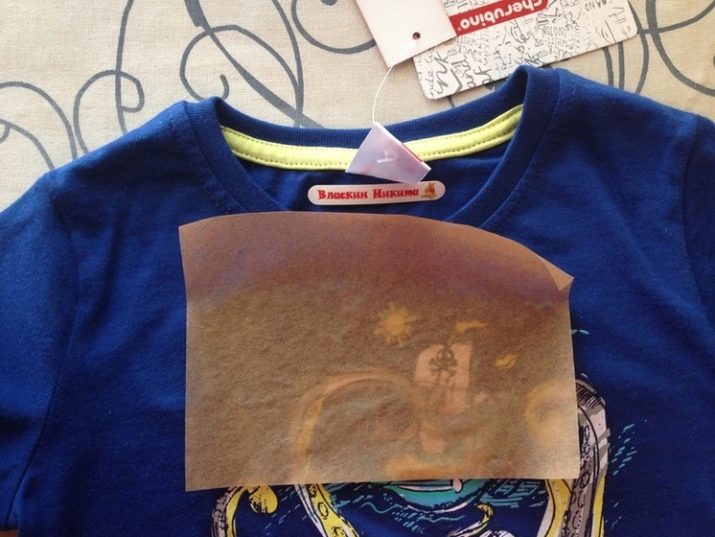
To determine how to proceed with the sticker, a visual examination of the purchased accessory is sufficient. Thermal stickers with a film are transferred to the fabric in a mirror image. This must be considered before starting work. The specifics of the location of such a sticker on the fabric suggests its placement with the front side to the product. It should be glued, following the following step-by-step instructions.
- The basis, thing or any other product must be laid out as evenly as possible, without any creases and bends of the fabric on a solid horizontal surface. For these purposes, you can use a table or floor, put a sheet of cardboard under the material in the area of the intended placement of the sticker. A similar measure is necessary in order to prevent the reprinting of the picture on the second side of the product, if any.
- Heat the iron to the required temperature in accordance with the type of fabric, first turn off the steam generation mode. Place the applique in the selected place with the image facing the fabric, and with the film facing up.

- Place a plain white sheet on top to protect the textiles from damage during thermal effects, press the sticker to the base with the iron and fix the iron in this position for 10 seconds. Then remove it, let the sticker cool down a bit.
- Then remove the substrate from the picture with slow and smooth movements. In the case when the image is poorly moved away from the upper layer and is removed from the fabric along with the film, the algorithm of actions must be repeated in the same sequence.
- Having achieved the desired result, the clothes need to be turned out and a heated iron should be walked around the place of the transferred image from the inside out.
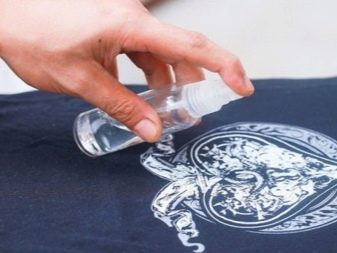
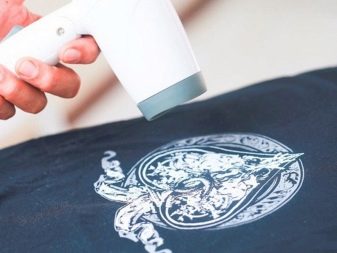
It is important for the image transfer to select even areas on the product, as this will provide a more reliable fixation. As for areas such as fasteners, seams or loops, it is senseless to use thermal stickers there, since the pattern will not print or only fragments of it will be transferred. To decorate clothes using applique on fabrics, it is necessary to act by analogy with the instructions for working with thermal film. However, during the fastening of the fabric sticker, it should be borne in mind that the adhesive substance of such a product is located on the inside. Based on this feature of placement, patterns, inscriptions or images need to be laid with the front side to the iron.
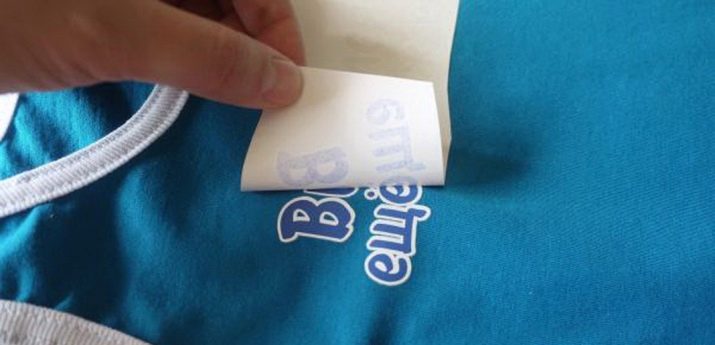
As the practice of working with such applications shows, in the process of fixing the product to clothes, it is best to cover it with tracing paper, a simple piece of fabric or a white sheet of paper on top, so as not to spoil the fabric itself from contact with the iron. As for leather products, for example, jackets, hats or trousers, to fix the sticker as firmly as possible before pressing it to the product with an iron, put a small amount of ordinary universal super glue on the side with the adhesive composition, and then press the application of the iron through paper or fabric .
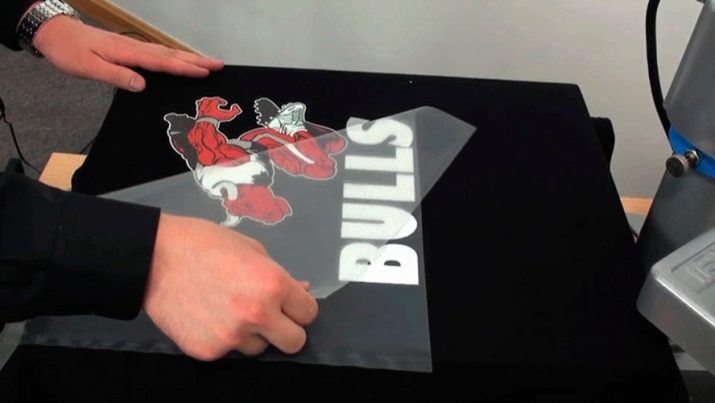
Another effective way to firmly fix the image is to sew the accessory around the edge. Thanks to the additional thread, even during machine washings and active use of the product, the application will be firmly fixed in place. And in order that the additional covering does not catch the eye, you should choose the color of the threads to match the image. And to highlight a sticker like a patch, you can sew the edge with large stitches in a contrasting color or with a thick thread.
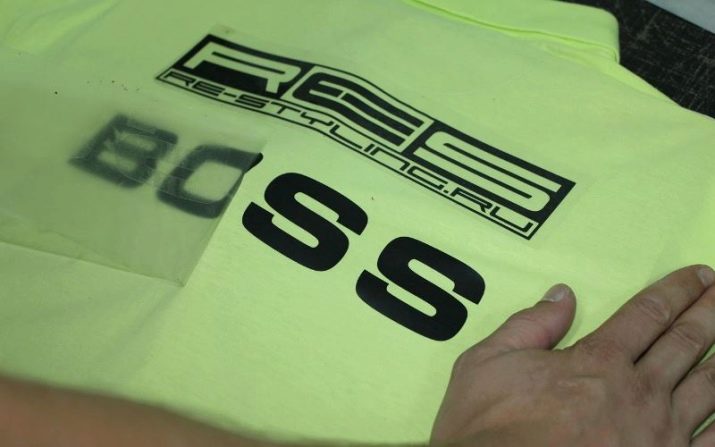
In order to repair clothes and mask a hole using thermal stickers, put a small piece of non-woven fabric or any other material into the gap, and then fix the sticker in the usual way. However, for quality work, the substrate and the application itself must be larger than the hole itself by several centimeters.
See how to stick thermal stickers on clothes in the next video.










